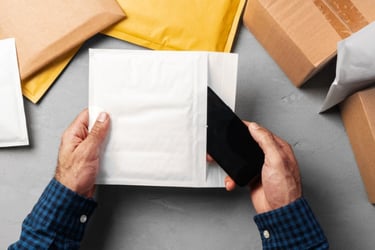Phone theft is on the rise as more people fall victim to phone snatchers. While these phones may be headed overseas, some remain in-country as criminals try to obtain resale value.
Ingram Micro Lifecycle manages trade-in programs for key network operators, plus retailers and Original Equipment Manufacturers. Our solution can be integrated with full end-to-end device management, including repair and refurbishment to maximize the potential value recovery of assets through recommerce.
In this article, we examine the growing issue of phone snatching and how trade-in programs can help prevent the processing of stolen devices.
What is phone snatching?
Phone snatching is where criminals operate on foot, bikes (particularly e-bikes), and mopeds to grab a mobile phone out of the hands of the user. The device owner is typically distracted by making a call, sending a text, or engrossed in another activity on their handset.
The thief uses the preoccupied state of the user to approach them while they’re not fully aware of their surroundings.
Phone theft in London has increased 25% between 2019 and 2024, rising from 91,481 to 117,211 reported incidents. Crimestoppers report that in the last year alone, cases of phone snatching have increased by 151%.
These phones may be sought on account of their handset value or the value of its contents. Consider how much of our lives is embedded in our mobile phones. Banking apps, photos of identity documentation, notes, and other connected apps all pose threats when in the wrong hands.
Trade-in programs can present opportunities for the thieves to cash in on stolen devices- and this isn’t just limited to mobile phones, but a wide range of electronic consumer products.
The impacts of stolen products for trade-in schemes
If your business is found to be knowingly handling stolen goods, you can be committing a criminal offence under The Theft Act or Proceeds of Crime Act.
This damages your reputation, leading to loss of trust from your stakeholders and customers, hitting your bottom line.
There are also financial ramifications if you’re paying for traded-in products before screening has been conducted and you become aware of the stolen status. When a phone is reported as stolen or lost to the network operator or OEM, a block is placed upon the phone which causes it to cease working.
You’ll have paid upfront in good faith for a product that cannot be used.
How do trade-in program operators protect against receiving stolen devices?
As mentioned above, all handling of devices should start with a screening step that includes scanning for device blocks. This involves entering the IMEI or serial number into a database, such as CheckMEND, which alerts the operator to a block.
If a block is registered, devices must be held in quarantine for 28 days. In this time, the person submitting the device has an opportunity to request a reversal of the block from CheckMEND. This may be the case if, for example, a device was reported as lost, blocked, and then found by the owner ahead of trade in.
Working with a service like CheckMEND provides evidence that adequate security checks have been followed to appraise the legitimacy of the trade in.
Items registered as stolen must not be returned to the sender or paid out for through the trade-in channel. This is why assessing devices on receipt is important.
Best practice for trade-in programs
Trade-in schemes shouldn’t be seen as a viable route for criminals to cash in on their unlawful activities. While they are more likely to go for less reputable ways of trading stolen goods for cash, there are actions to take which stop trade-in from being accessed for these means.
Here are some best practice steps to protect your trade-in scheme from receiving stolen goods:
- Don’t pay before the device status is checked. Payment should only be authorized once CheckMEND or similar has demonstrated that the phone is legitimate and not stolen or registered as lost.
- Use software such as CheckMEND to authenticate ownership. Put this in place with a follow-up procedure for how to handle blocked or blacklisted devices.
- Make it clear in your terms and conditions and/or FAQs what your process is for dealing with blocked or blacklisted devices. If this information is easily accessible, criminals will be deterred from taking their chances with you and your trade-in program.
- Utilise a third-party trade-in partner, like Ingram Micro Lifecycle. This partner will have the expertise and insight to manage the intricacies of trade-in on your behalf, reducing the pressure and responsibility on your business.
Protect the integrity of your trade-in scheme
Ensuring the integrity of trade-in programs demands robust device screening, transparent processes, and adherence to industry best practices. By utilizing advanced solutions and trusted partners like Ingram Micro Lifecycle, organizations can confidently protect their reputations, comply with regulations, and deliver secure experiences to customers and stakeholders.
Contact us today to discuss how we can strengthen your trade-in program.
Related articles:



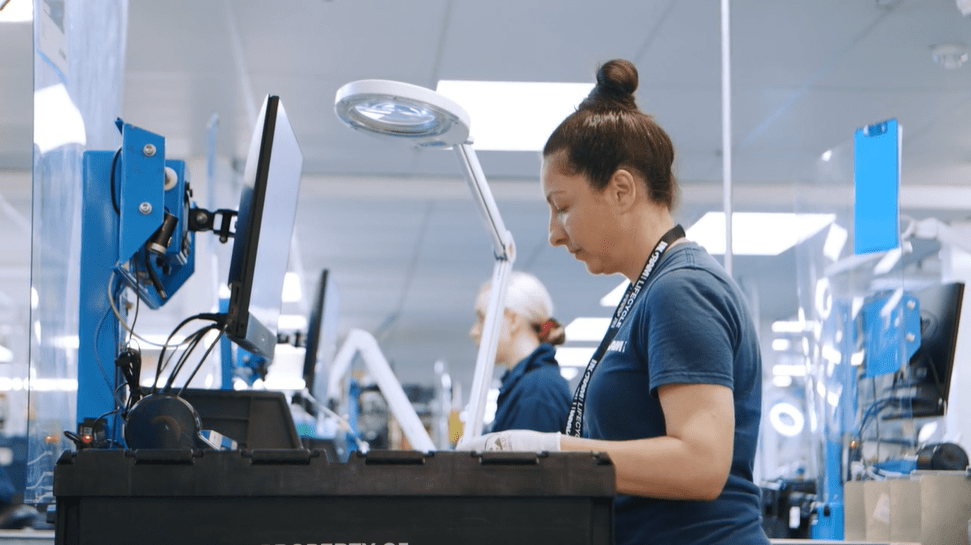
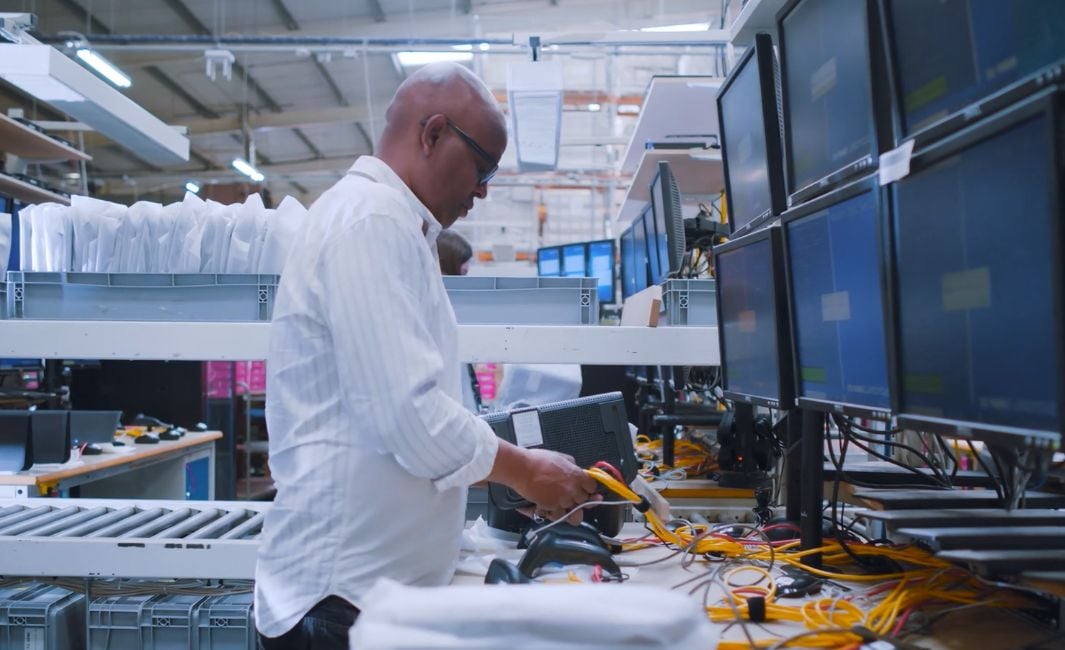



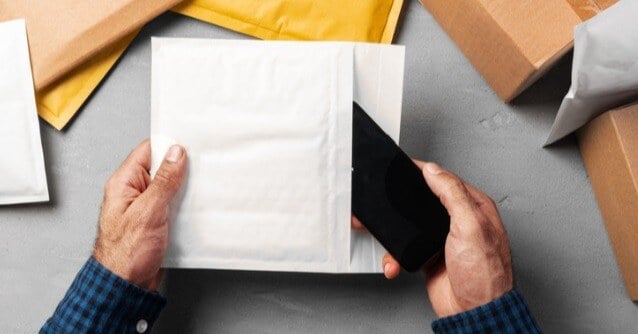


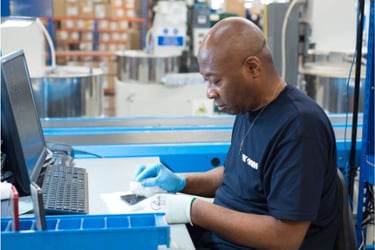
.jpg?width=450&height=250&name=used%20phone%20on%20conveyor%20for%20processing%20(1).jpg)
